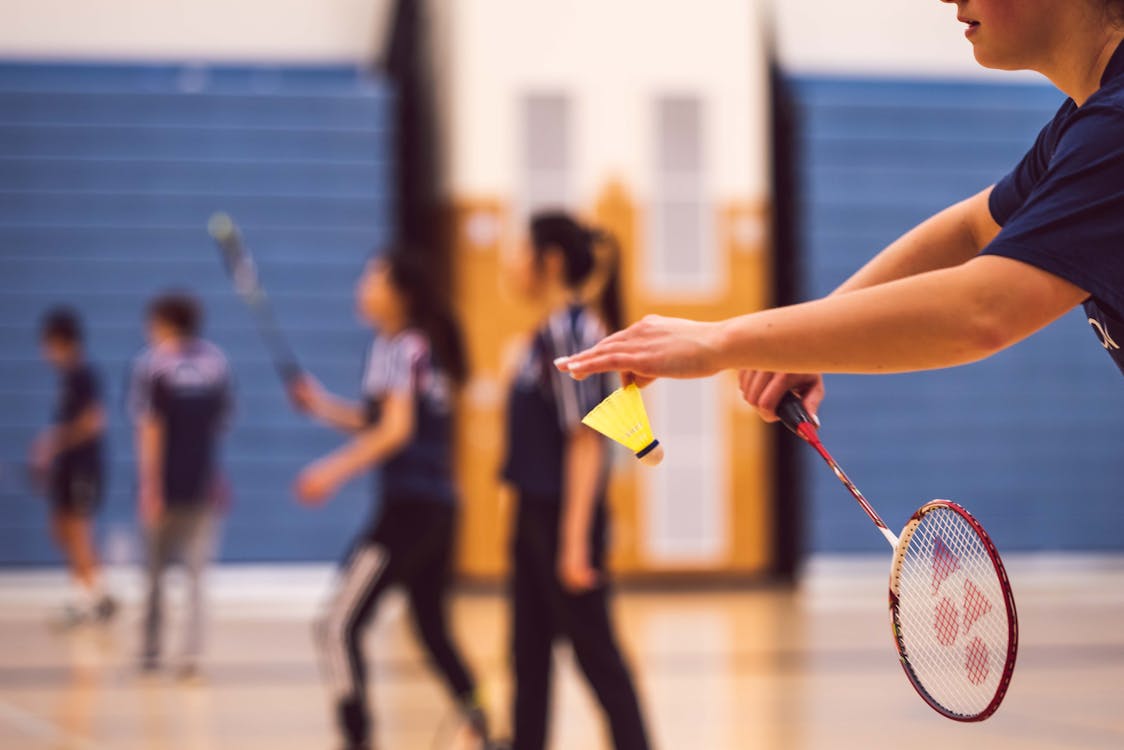Introduction
A shuttlecock, also known as a birdie, is an essential piece of equipment in the game of badminton. Its unique design and structure significantly impact the sport's playability and dynamics. One of the key components of a shuttlecock is its feathers. Understanding the number, arrangement, and characteristics of these feathers is crucial for appreciating the intricacies of shuttlecock design and its influence on the game.
Structure of a Shuttlecock
A shuttlecock typically consists of two main parts: the cork base and the skirt made of feathers. The base is usually made of cork, covered with a thin layer of leather or synthetic material, providing the necessary weight for the shuttlecock to travel properly. The skirt, which forms the aerodynamic part, is traditionally made of feathers, though synthetic materials are also used in some cases.
Number of Feathers
A standard shuttlecock used in professional badminton contains 16 feathers. This number is not arbitrary; it is the result of extensive research and experimentation to achieve the optimal balance, flight stability, and durability. The choice of 16 feathers ensures that the shuttlecock has the right amount of lift and drag, allowing it to hover in the air longer, facilitating strategic plays.
Selection of Feathers
The feathers used in a shuttlecock are usually sourced from the left wing of a goose or duck. This is because the feathers from the left wing curve in a way that provides the necessary spin and stability when the shuttlecock is struck. Using feathers from the right wing would result in an opposite spin, which is not desirable for standard play.
Each feather is meticulously selected and trimmed to the required length and shape. The length of the feathers typically ranges from 62 to 70 millimeters. Consistency in feather length is crucial as it affects the shuttlecock's flight. Any variation can lead to erratic flight patterns, which can disrupt the flow of the game.
Arrangement and Attachment
The 16 feathers are arranged in a circular pattern and attached to the cork base with thread and glue. The feathers are evenly spaced around the base, creating a symmetrical skirt that ensures balanced aerodynamic properties. The angle and curvature of the feathers are also carefully controlled during the manufacturing process to maintain uniformity.
The process of attaching the feathers to the base is a skilled task. The feathers are inserted into small holes in the cork base and then secured with thread. The thread is wound tightly around the base of the feathers, ensuring they stay in place during play. The base of the feathers is also glued to provide additional security. This combination of threading and gluing ensures that the feathers remain attached even after repeated impacts.
Flight Characteristics
The arrangement and number of feathers play a crucial role in the shuttlecock's flight characteristics. The feathers create a high drag coefficient, which slows down the shuttlecock's flight, allowing for better control and precision. This drag also causes the shuttlecock to decelerate rapidly after being hit, leading to the distinctive hovering effect that characterizes badminton gameplay.
Moreover, the feathers' natural curvature helps stabilize the shuttlecock in flight. As the shuttlecock spins, the curved feathers create a gyroscopic effect, maintaining its orientation and preventing it from tumbling erratically. This stability is essential for accurate shot placement and rally control.
Durability and Maintenance
Feathered shuttlecocks, while offering superior flight characteristics, are more susceptible to wear and tear compared to their synthetic counterparts. The feathers can break or become frayed after repeated impacts, especially during high-intensity play. Professional players often go through several shuttlecocks in a single match.
To enhance durability, some shuttlecocks are treated with special coatings or reinforced with additional materials. However, even with these measures, feathered shuttlecocks require careful handling and regular replacement.
Conclusion
The standard shuttlecock's design, incorporating 16 meticulously selected and arranged feathers, is a testament to the blend of tradition and innovation in badminton equipment. The feathers' number, arrangement, and characteristics are crucial in defining the shuttlecock's flight dynamics, stability, and overall performance. Understanding these aspects highlights the complexity behind what might seem like a simple piece of sports equipment. The next time you watch or play badminton, take a moment to appreciate the craftsmanship and engineering that goes into each shuttlecock, enhancing the beauty and challenge of this fast-paced and strategic sport.


.jpeg)
.jpeg)
.jpeg)
.jpeg)
.jpeg)
